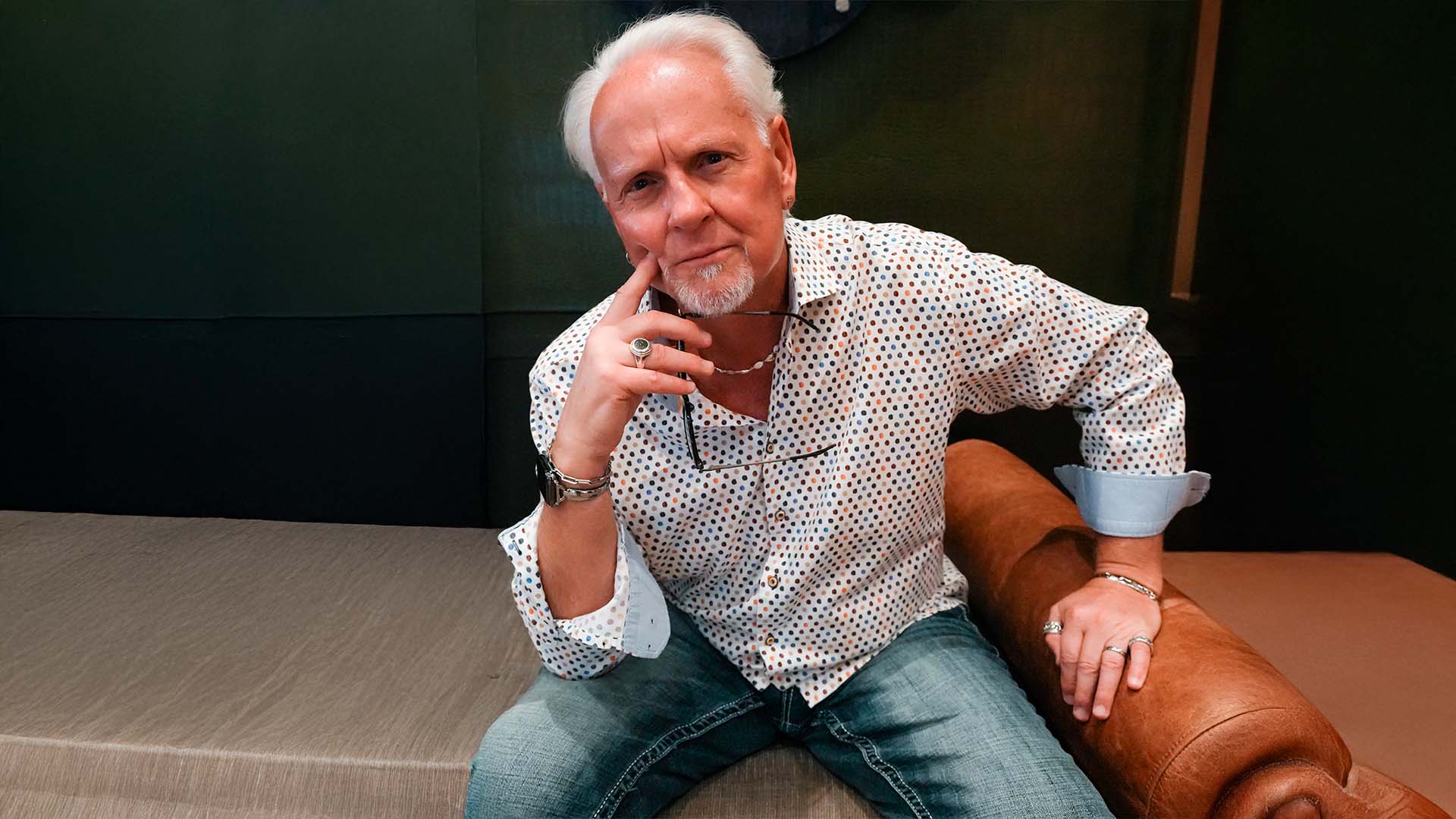For Bruce J Cramer, leadership transformation begins with mindset. After more than 45 years guiding organizations through operational excellence, corporate growth, and leadership development, Cramer has learned that the most powerful transformation a company can experience starts in the mind of its leader. Throughout his corporate career, including his tenure as a Director at W.W. Grainger, Inc., and later consulting for firms like AbbVie and Trustmark Corporation, Cramer saw a pattern. The leaders who thrived were not necessarily the most experienced or technically skilled. They were those who embraced a growth mindset. “The ones who excelled believed their abilities could be developed through dedication, learning, and resilience,” he explained. “That mindset drives everything else.”
Today, as a Focal Point-certified executive coach, Cramer helps leaders make what he calls “the five essential mindset shifts” to unlock sustainable growth and multiply human potential across their organizations.
From Boss to Builder
The first shift, Cramer says, is moving from boss to builder of others. “Sustainable growth depends not on directing others, but on developing them,” he says. The traditional mindset of “people work for me” must evolve into “I work for my people.” This perspective changes how leaders engage their teams. Instead of controlling, they coach. Instead of enforcing compliance, they cultivate clarity and trust. “You have to build trust before you build strategy,” Cramer said. “That’s the foundation of long-term performance.” The result is a culture where employees feel ownership, not obligation, and where performance is driven by shared accountability and purpose.
From Scarcity to Abundance
Another critical mindset shift involves moving from scarcity to abundance. Cramer sees many leaders fall into the trap of guarding information, fearing loss, and viewing competitors as threats. “Those days are gone,” he says. “Ideas, talent, and opportunity grow when they’re shared.” He recalls advising two young entrepreneurs in highly fragmented industries who refused to collaborate out of fear of giving too much away. “They all remain small,” he says, “when a few could dominate by pooling their resources and talents.” For Cramer, an abundance mindset also means creating a culture that prizes innovation over perfection. “Leaders who embrace learning over control empower teams to experiment, fail, and grow faster,” he says. This mindset is essential in an era defined by rapid technological developments.
From Doer to Designer
Many leaders remain stuck in the “doing” phase of their careers. The third transformation is moving from being the engine of the business to becoming its architect. “You stop asking, ‘How can I do this?’ and start asking, ‘Who can help me make this happen?’” he says. By designing systems that scale, delegating outcomes instead of tasks, and setting direction through purpose rather than presence, leaders create autonomy and resilience within their organizations. “You want people to feel ownership, not dependency,” Cramer explains. “That’s how you scale sustainably.”
From Ego to Ecosystem
Ego is one of the biggest barriers to leadership growth. “Too many leaders still insist on being the smartest person in the room,” he said. “That’s not leadership, that’s insecurity.” Instead, he champions what he calls an ecosystem mindset, an environment where ideas and accountability are distributed. “When leaders empower others, they build psychological safety,” he says. “People feel free to speak up, take risks, and share ownership. That’s where innovation lives.” This collective intelligence naturally strengthens accountability. “When people feel trusted and included, they hold themselves, and each other, responsible for outcomes.”
From Reaction to Reflection
The final shift involves moving from reaction to reflection. Cramer has observed that many entrepreneurs spend their days putting out fires rather than planning the future. “You have to block time for strategic thinking,” he says. “Reflect on what’s working, what isn’t, and where you’re going.” He recommends leaders schedule weekly 30-minute team huddles to review not just performance numbers but also behavior, alignment, and clarity. “The faster the pace of change, the greater the need for reflection,” he says. “It prevents small misalignments from becoming expensive mistakes.” Cramer also encourages personal reflection through journaling and feedback. “Self-awareness is a leader’s most valuable currency. It turns chaos into clarity.”
Clarity, Action, and Accountability
Leaders who redefine their role from being the center of success to the catalyst for it not only transform their businesses, they create legacies. Whether guiding a multinational corporation or an early stage company, he believes clarity, action and accountably are non-negotiable elements for leaders. He applies the same philosophy to personal success, emphasizing how these elements can bring balance across four areas: financial freedom, relationships, career, and health. “If any one of those is off, you can’t sustain happiness,” he says. “It’s about alignment, not perfection.”
To connect with Bruce J Cramer and learn more about his leadership coaching, visit his LinkedIn or explore his website.





